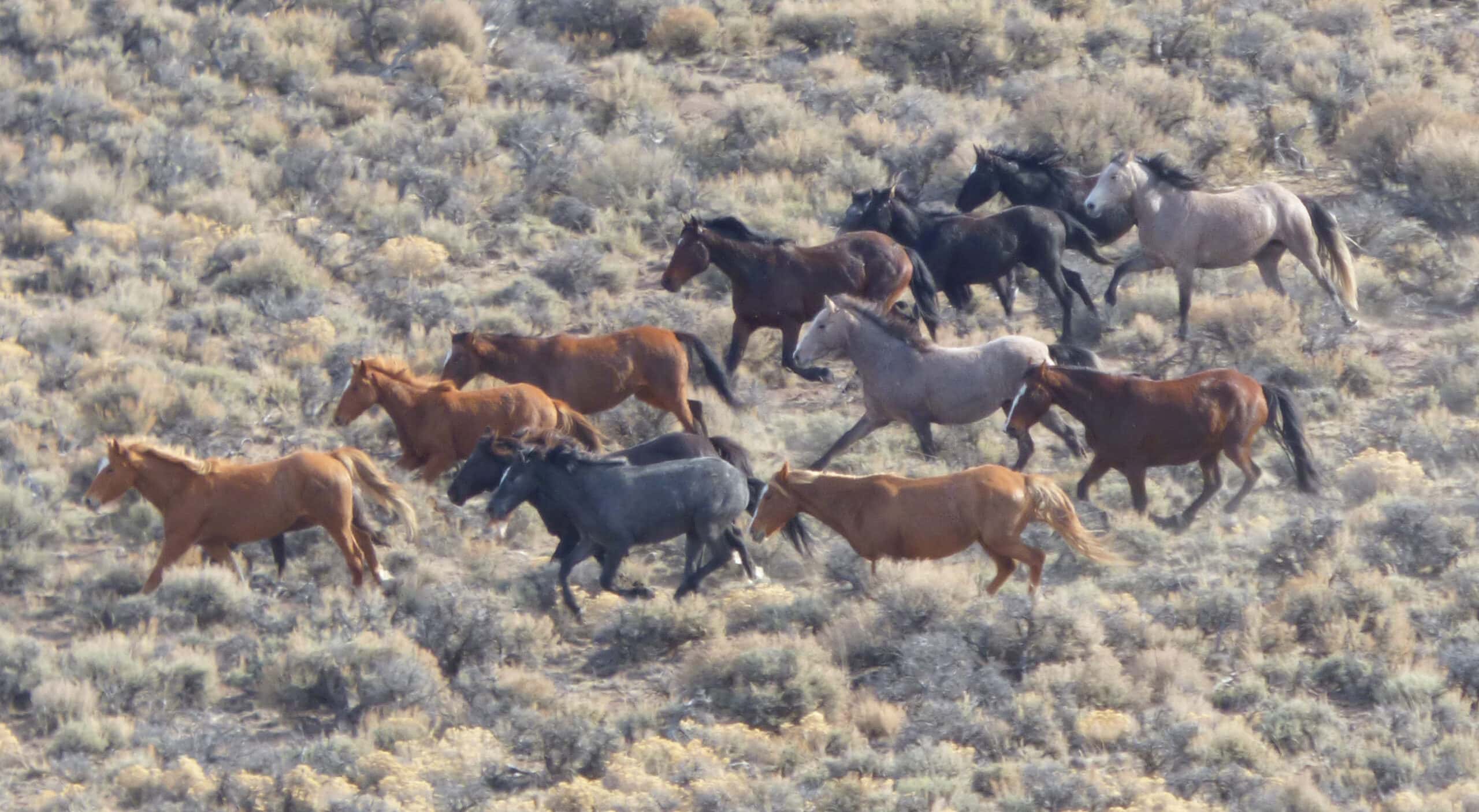Share this article
Wildlife Featured in this article
- Wild horse
- Wild burro
Resources Featured in this article
Wild horse numbers take sharpest drop in decades
The BLM counted 9,363 fewer wild horses and burros on its lands
The number of wild horses and burros on public land has declined at its sharpest rate since 1985, marking the third year since 2020 that the overpopulation has decreased.
A March 1 report from the Bureau of Land Management estimated about 73,520 federally protected wild horses and burros roamed on BLM lands—9,363 fewer than was estimated in 2023. The estimate includes a range of uncertainty between 63,432 and 85,249 animals.
BLM officials say they can’t pinpoint the causes of the reduction, but the agency has been working to reduce the numbers. In the past year, the BLM removed 11,784 animals from overpopulated herds and offered them for adoption. The BLM has also worked to increase the use of fertility control vaccines. Deep snows throughout much of the West may have also reduced herds or dispersed some animals.
Despite the reduction, BLM officials say the population remains nearly three times what scientists estimate the lands can support. Its current plan calls for removing 20,000 wild horses and burros and treating 1,400 horses with fertility control in Fiscal Year 2024.
For TWS’ position statement on feral horses and burros, click here.
Header Image: The Wild Free-Roaming Horses and Burros Act mandates the BLM to manage and protect wild horses and burros. Credit: Larisa Bogardus/Bureau of Land Management








